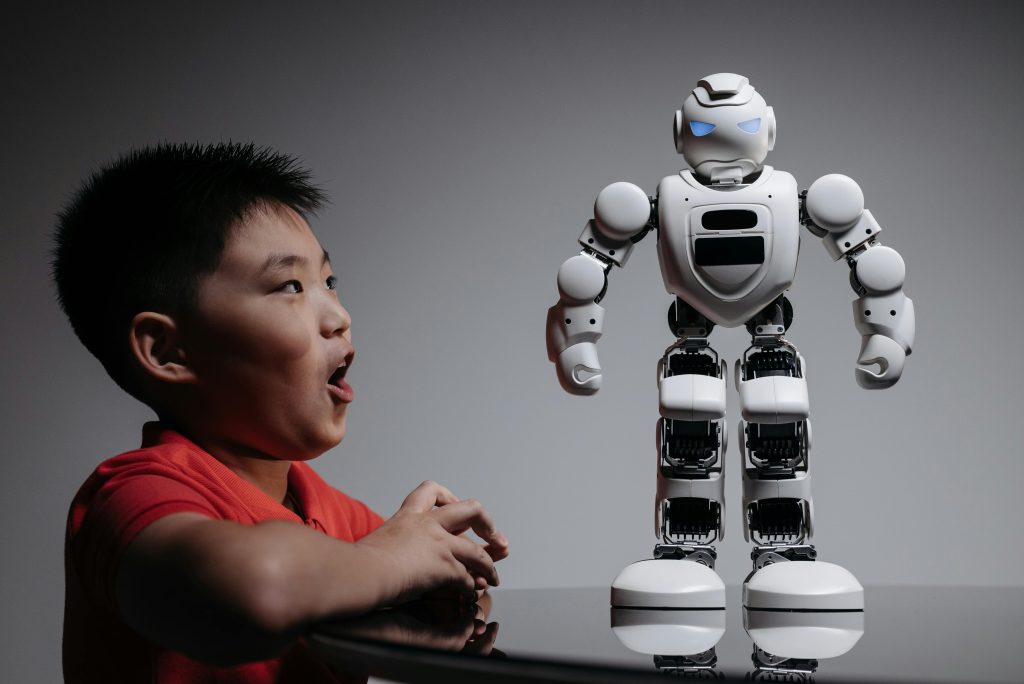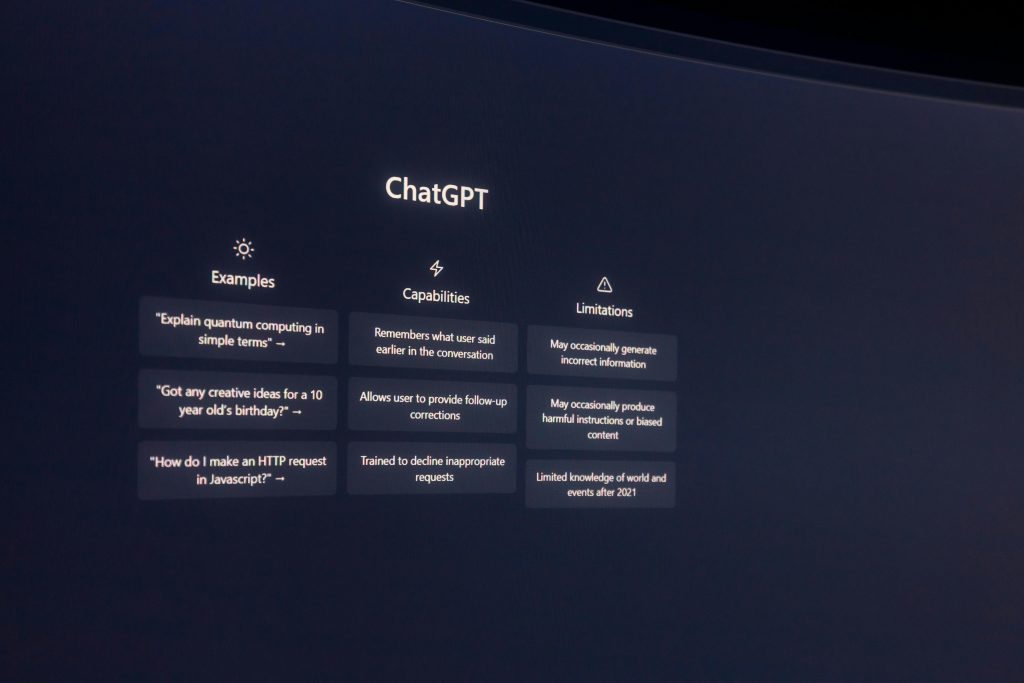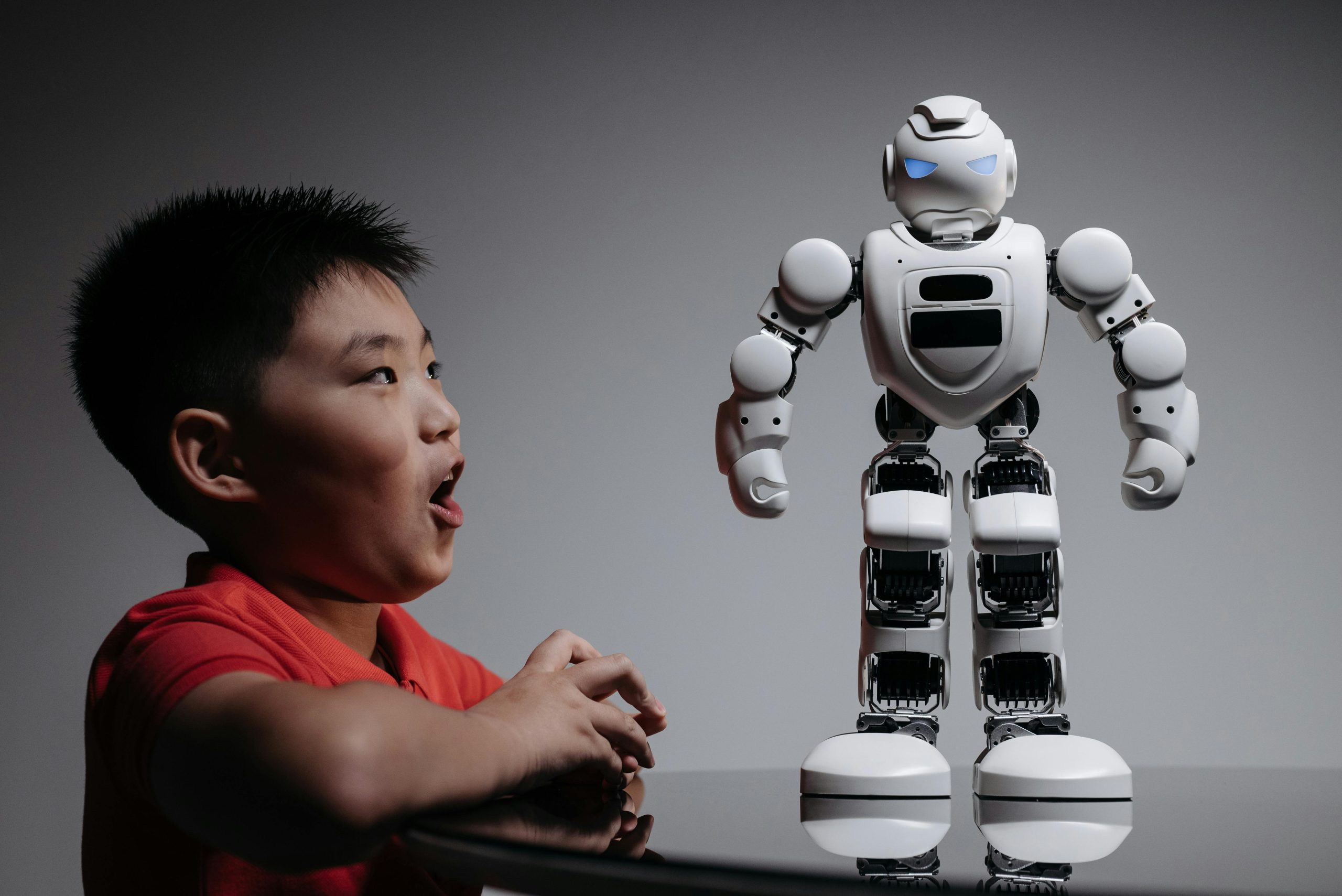Introduction
The world of artificial intelligence is evolving at an astonishing pace, and one of the most transformative breakthroughs is generative AI. From creating realistic images and writing entire articles to composing music and even designing products, generative AI is redefining how we think about creativity, automation, and problem-solving.

But what exactly is generative AI? And how does it work behind the scenes? In this article, we’ll break it down in simple terms, explore real-world applications, and explain the core technologies powering this exciting field.
What Is Generative AI?
At its core, generative AI refers to a class of artificial intelligence models that can generate new data, content, or solutions based on patterns it has learned from existing data.
Unlike traditional AI systems that simply classify or analyze data (discriminative AI), generative AI creates entirely new outputs — text, images, audio, code, and more — that resemble the data it was trained on.
Simple Definition:
Generative AI = AI that creates new content based on learned patterns.
Key Examples of Generative AI in Action
- Text Generation: ChatGPT, Jasper, Copy.ai (write articles, emails, code)
- Image Generation: DALL·E, Midjourney, Stable Diffusion (create digital art and realistic images)
- Music and Audio: AIVA, Amper, Jukebox (compose music or generate voice)
- Video: Runway, Pictory (automate video editing and creation)
- Product Design: Autodesk Dreamcatcher (generate design prototypes)
Real-World Impact:
Marketers use generative AI for content creation. Designers use it to prototype products. Healthcare providers explore it for drug discovery.
How Does Generative AI Work? (Simplified)
Training on Large Datasets
Generative AI models are trained on massive amounts of data — text, images, audio, or other formats.

- Text-based models read billions of words (books, articles, conversations).
- Image models analyze millions of images and their features.
- Music models study thousands of compositions.
The model identifies patterns, relationships, and structures in the data.
Analogy:
Training a generative AI is like teaching an artist by exposing them to millions of examples until they understand style, form, and composition.
Learning Patterns with Neural Networks
Most generative AI uses deep learning and neural networks — algorithms inspired by the human brain’s structure.
- Layers of artificial neurons process information.
- Each layer identifies increasingly complex features (e.g., words, sentences, grammar, context for text models).
- Through trial and error, the model adjusts its internal weights to improve output accuracy.
Generating New Content
Once trained, the AI can:
- Predict the next word in a sentence (text generation)
- Fill in missing pixels (image inpainting)
- Create melodies based on previous notes (music generation)
- Design structures that meet specific goals (engineering applications)
Example:
When you give ChatGPT a prompt, it generates text one word at a time, predicting what logically follows based on its training.
Reinforcement Learning and Fine-Tuning
Models are often fine-tuned through:

- Reinforcement Learning with Human Feedback (RLHF): Human reviewers guide the model toward more useful outputs.
- Domain-specific training: Models are retrained on specialized data for tasks like legal writing or medical research.
Key Technologies Behind Generative AI
| Technology | Description |
|---|---|
| Transformers | The architecture behind modern generative models like GPT, BERT, and DALL·E. |
| GANs (Generative Adversarial Networks) | Two neural networks compete to produce increasingly realistic outputs (commonly used for images). |
| VAEs (Variational Autoencoders) | Encode input data into latent space and decode it to generate new variations. |
| Diffusion Models | Gradually refine noisy data into clear images or content (used by Stable Diffusion, Midjourney). |
Generative AI vs Traditional AI
| Aspect | Traditional AI | Generative AI |
|---|---|---|
| Output | Classifies, predicts, analyzes | Creates new content |
| Example | Spam detection, fraud detection | Text creation, image generation |
| Key Task | Decision-making | Content creation |
| Limitation | Requires structured outputs | Can produce varied and creative outputs |
Benefits of Generative AI
- Creativity and innovation: Unlocks new ideas and possibilities.
- Efficiency: Speeds up content creation, design, and development.
- Personalization: Customizes content, products, or experiences.
- Accessibility: Assists non-experts in generating high-quality outputs.
Challenges and Ethical Concerns
While generative AI holds incredible potential, it also raises critical challenges:

- Misinformation and deepfakes: AI can create convincing but false content.
- Bias: Models may reflect biases present in their training data.
- Intellectual property: Who owns AI-generated work?
- Job disruption: Some roles may be automated or transformed.
Responsible development and regulation are key to maximizing benefits while minimizing risks.
Real-World Case Study: GPT-4
GPT-4 (by OpenAI) is one of the most advanced generative AI models:
- Trained on diverse internet data.
- Can write essays, code, poetry, emails, and answer complex questions.
- Powers tools like ChatGPT and Copilot.
- Continuously fine-tuned with human feedback to improve accuracy and safety.
How GPT-4 works:
- Uses billions of parameters (internal settings that determine output).
- Processes context from your input (prompt engineering).
- Generates coherent, often highly detailed responses in real-time.
The Future of Generative AI
Generative AI is still in its early stages, but future advancements may include:
- More accurate and ethical models
- Seamless multi-modal generation (text + images + audio together)
- Industry-specific AI assistants (legal, medical, scientific research)
- Enhanced personalization in education, healthcare, and customer service

Many experts believe generative AI will become as essential as electricity or the internet in the coming decades.
Conclusion
Generative AI is revolutionizing how we create, design, and innovate. By learning from vast datasets, these models generate new content that closely mirrors human creativity, all at incredible speed and scale. While challenges remain, the future of generative AI holds immense promise for nearly every industry.
Simply put:
Generative AI doesn’t just analyze data — it creates entirely new possibilities.


